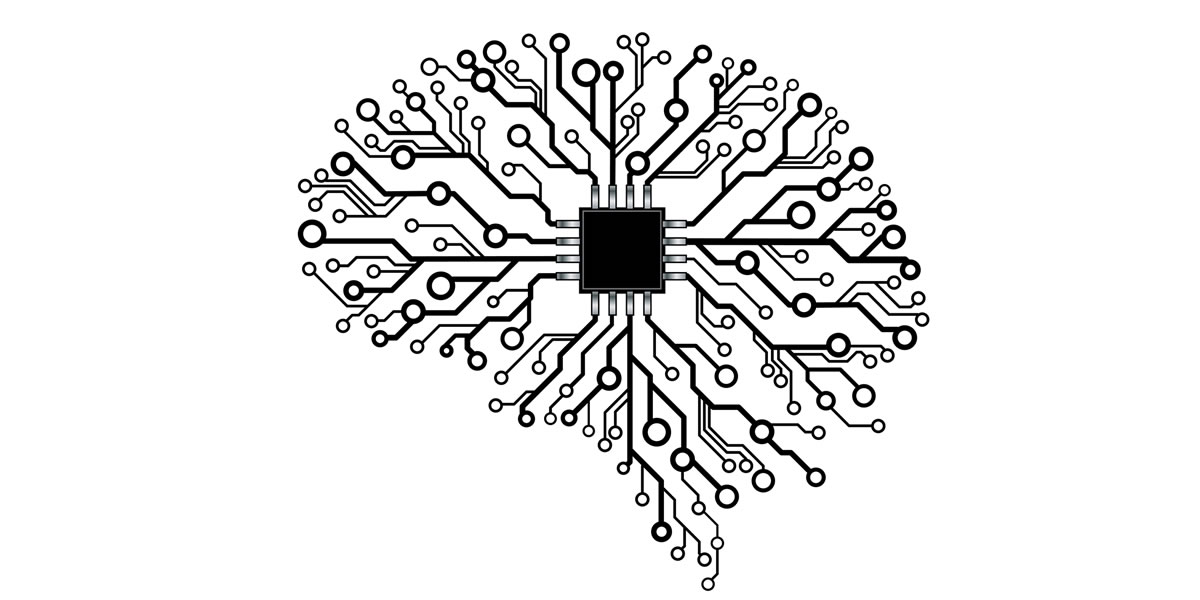
‘Executive function’ is a term used to describe the many different cognitive processes that people use to control their behaviour and to connect past experience with present action.
We rely on executive functions to perform activities such as planning, organizing, strategizing, paying attention to and remembering details, and managing time and space.
Executive function skills can include:
- Impulse Control — the ability to stop and think before acting
- Emotional Control — the ability to manage feelings by thinking about goals
- Flexibility — the ability to change strategies or revise plans when conditions change
- Working Memory — the ability to hold information in mind and use it to complete a task
- Self-Monitoring — the ability to monitor and evaluate your own performance
- Planning and Setting Priorities — the ability to create steps to reach a goal and to make decisions about what to focus on
- Task Initiation (Getting Started) — the ability to recognize when it’s time to get started on something and then to begin without procrastinating
- Organization — the ability to create and maintain systems to keep track of information or materials; time management
Difficulties in executive functioning tends to become more apparent as students move through the early elementary grades into intermediate grades, with the increasing demands of completing schoolwork independently and juggling assignment deadlines for different subjects.
Many students with LDs have difficulties with executive functions, as do many students with ADHD.
Strategies for Parents
Parents can use many strategies that help their children improve executive functions, such as checklists and step-by-step “how to” lists. They can also help their children learn to break long school assignments into chunks, and teach the use of visual calendars, time organizers, and other organizational tools.
Some examples of strategies (adapted from Executive Function in Education: From Theory to Practice, editor, Lynn Meltzer, 2007):
- Memorization — when using acronyms to help with the memorization of information, the “crazier the phrase,” the better. If someone is a visual learner, make a cartoon.
- Prioritizing — teach children to highlight the most important ideas in a text in one color and details in another color.
- Note-taking — to help prioritize and remember information when taking notes from text, teach the use a 2-column approach. In the first column, have your child ask themselves questions about the text and put the answers in the second column.
- Self-Monitoring and Self-Checking — to help your child check their work, provide explicit checklists for assignments, so they know what to check for, and help them develop personalized checklists, so they become aware of and check for their most common errors.
